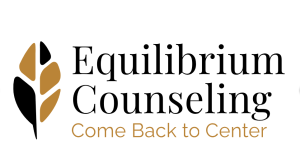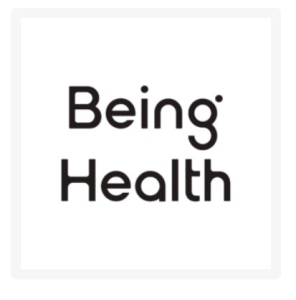Even though asexuality is becoming more well-known as an LGBTQ+ identity, there is still a lack of asexual representation within the media. However, there have been some examples in TV, but there could be much more.
Asexual representation in the media is also rarely openly acknowledged or confirmed by its creators. The reason this occurs could be due to prejudice against asexuals and asexual erasure. According to Lauren Jankowski, for Bitch, in 2015, while some asexual characters have appeared in TV, their asexuality is usually portrayed as an issue that can be fixed. In addition, not having asexual people engage in media portrayals of asexuality has created “grossly inaccurate and damaging depictions of this orientation.”
What Forms of Media Depict Asexual Identities?
Unfortunately, there’s still only a small number of American TV shows that have included asexual characters. Even the CW’s hit show Riverdale refused to make the character of Jughead Jones asexual, even though the character in comics was. Not acknowledging Jughead as asexual in the series limits teens from benefitting from full sexuality spectrums.
What Are Some Examples of Asexual Characters on TV?
One of the most notable recent examples is Todd Chavez in BoJack Horseman. He has been known as “the only asexual character on streaming originals,” and the first one counted by GLAAD counted since they started keeping track of streaming services since 2014. Chavez’s asexuality was revealed during the third season and explored more in the 4th season. For the most part, his representation was viewed positively and accepted by the ace community. Some people did point out that the exploration of Todd’s identity was flawed at times; however, it was still a significant representation for a community that is not often brought into the spotlight.
The publication Vox reported that asexual characters in the media positively impact the asexual community and said that the history of asexual representation has been “short and shallow.” These sentiments were also confirmed by GLAAD’s reports in 2018 and 2019, reporting that no additional asexual characters had been added, with Todd being featured as the only asexual character in broadcast and streaming services in 2019. (Note, Todd’s asexual friend Yolanda Buenaventura was not counted in this analysis, and Florence in Sex Education didn’t come out as asexual until after this report).
However, there are still some other well-known examples in TV:
- Owen Burnett in the 1990s series, Gargoyles
- Raphael Santiago in Shadowhunters
- Alastor in the adult animation, Hazbin Hotel
- Peridot in Steven Universe
- SpongeBob SquarePants in SpongeBob SquarePants
- Florence in Sex Education – Florence
- Evan, the Magician in High Maintenance
What are some examples of asexual characters in a film?
- Adrian Veidt/Ozymandias in Watchmen
- Todd in Straight Up
What Impact Can the Lack of Asexual Representation Have?
People who are aro/ace, especially those who are younger, may feel underrepresented and left out of the LGBTQ+ community, primarily when their identities are not represented in the media. To make matters worse, some media representation has encouraged the narrative that non-sexual activity is weird and unnatural.
For example, there have been movies devoted to characters losing their virginity because the idea of someone not having sex or who has never had sex is portrayed as unusual. These films include Superbad, The Forty-Year-Old Virgin, and American Pie, which focus on pushing characters into engaging in dating or sexual activity to comply with societal norms.
In Summary of Asexual Representation
It is obvious that there needs to be more asexual representation on TV. In addition to that, there must be more stories that move beyond heterosexuality being the baseline. In fact, TV shows have not showcased any asexual characters who are romantically gay, bi, or pan. The ace characters in Sirens, Shadowhunters, and BoJack Horseman only capture potential romances between opposite genders. The idea that these characters could potentially engage in same-gender relationships is not discussed.
By having more diverse media representation for LGBTQ+ and queer identities, we can de-stigmatize asexual identities and normalize all intersections. That way, it encourages to create a more safe and inclusive world for everyone.















